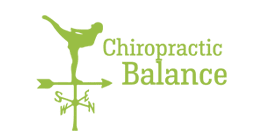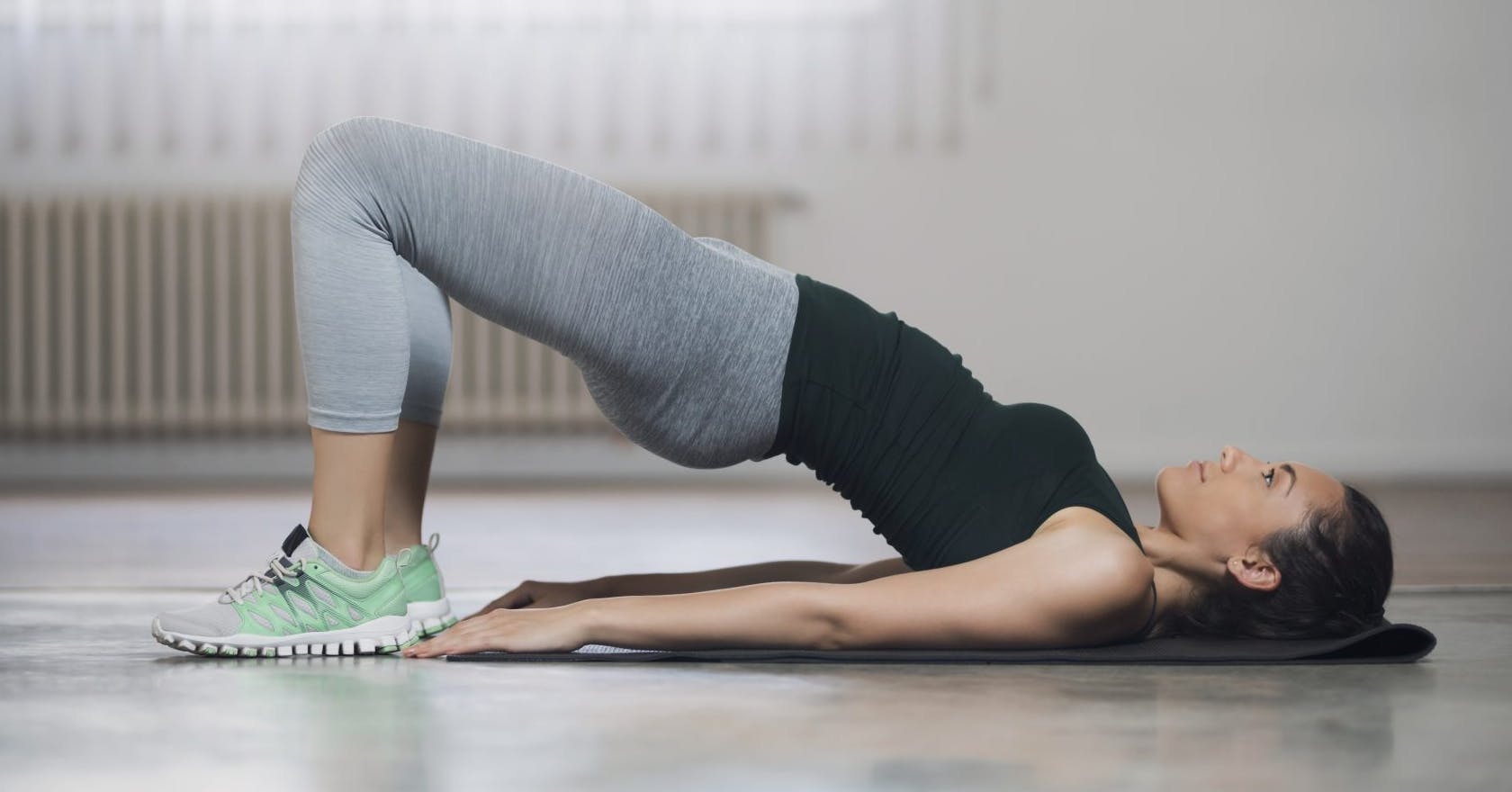It’s pretty clear that a sedentary lifestyle isn’t the best for our bodies. Did you know inactivity is likely putting your glutes to sleep? Your glutes are the largest and most powerful muscle group in the body. They are primarily responsible for hip extension (2). They are also very important in the role of postural stabilization (2).
What is Gluteal Amnesia?
The term “gluteal amnesia”, or “dead butt syndrome” is when these muscles forget how to activate appropriately (4). In many sedentary workers, or long haul drivers, sitting for long periods causes the muscles at the front of the thighs (hip flexors) to become overactive and tight. Our hip flexors are not designed to be active all day like they are when we sit for long periods and the over-activity of the hip flexors can cause the opposite or antagonist muscles (glutes) to switch off which is called reciprocal inhibition (1). Simply, reciprocal inhibition is a process where one muscle group is inhibited by the over activation of its antagonist muscle group, leading to in this case the glutes “forgetting how to activate”(1).
Why is Gluteal Amnesia a Problem?
The glutes are the largest muscle in your body, and very important stabilisers. Having insufficient gluteal activation can lead to poor posture and injuries. Studies have shown that there is a link between gluteal inhibition, hip, knee and low back pain (1,2,3). With the glutes not firing sufficiently, the hamstrings take over the primary role of the glutes which is hip extension. (2). This has been shown to increase the force load on the hip, altering the body’s biomechanics, leading to hip, low back injuries and knee injuries (1,2).
The glutes have a very important role in posture. When the hip flexors are tight and the glutes are inactive the result is an anterior pelvic tilt (2). Weak glutes are also commonly linked with slouched posture. We know that posture is a vital component to good spinal health and any imbalances may lead to tension, aches and pain throughout the body.
How to Prevent or Reverse the Effects
- Some stretches that can help restore the balance and relieve tension are the hip flexor stretch and the seated pigeon stretch. Check out our low body stretch routine for more information.
- Glute activation is an effective way to “wake up” the

Image Sourced From: https://www.stylist.co.uk/fitness-health/glute-bridge-how-to-do-it-benefits-variations/379059
muscles. activation through glute pops (seated and standing) is a simple and effective way to keep those muscles firing.
- Making sure the glutes are strong through hip extension exercises such as glute bridges, deadlifts and even walking will help keep those glute muscles strong and active.
- Appropriate ergonomic set up and good postural habits will also minimise the chances of developing gluteal amnesia.
- Chiropractic care also helps promote good posture and appropriate neuromuscular activation through promoting a nervous system free of interference.
If you are someone who sits for long periods and sufferers from low back, hip or even knee pain, chances are, your glutes may have gone to sleep. Get up off that chair and try out some of these tips mentioned above! If you think you may suffer with gluteal amnesia, get in touch with one of our friendly staff or an experienced healthcare professional for more information.
References
-
Mills, M., Frank, B., Goto, S., Blackburn, T., Cates, S., Clark, M., Aguilar, A., Fava, N., & Padua, D. (2015). EFFECT OF RESTRICTED HIP FLEXOR MUSCLE LENGTH ON HIP EXTENSOR MUSCLE ACTIVITY AND LOWER EXTREMITY BIOMECHANICS IN COLLEGE-AGED FEMALE SOCCER PLAYERS. International journal of sports physical therapy, 10(7), 946–954.
-
Buckthorpe, M., Stride, M., & Villa, F. D. (2019). ASSESSING AND TREATING GLUTEUS MAXIMUS WEAKNESS – A CLINICAL COMMENTARY. International journal of sports physical therapy, 14(4), 655–669.
-
Waking up the gluteus maximus. (2014). [Blog]. Retrieved from https://www.dynamicchiropractic.com/mpacms/dc/article.php?id=57137
-
McGill, S. (2015). Low back disorders. Human Kinetics.



